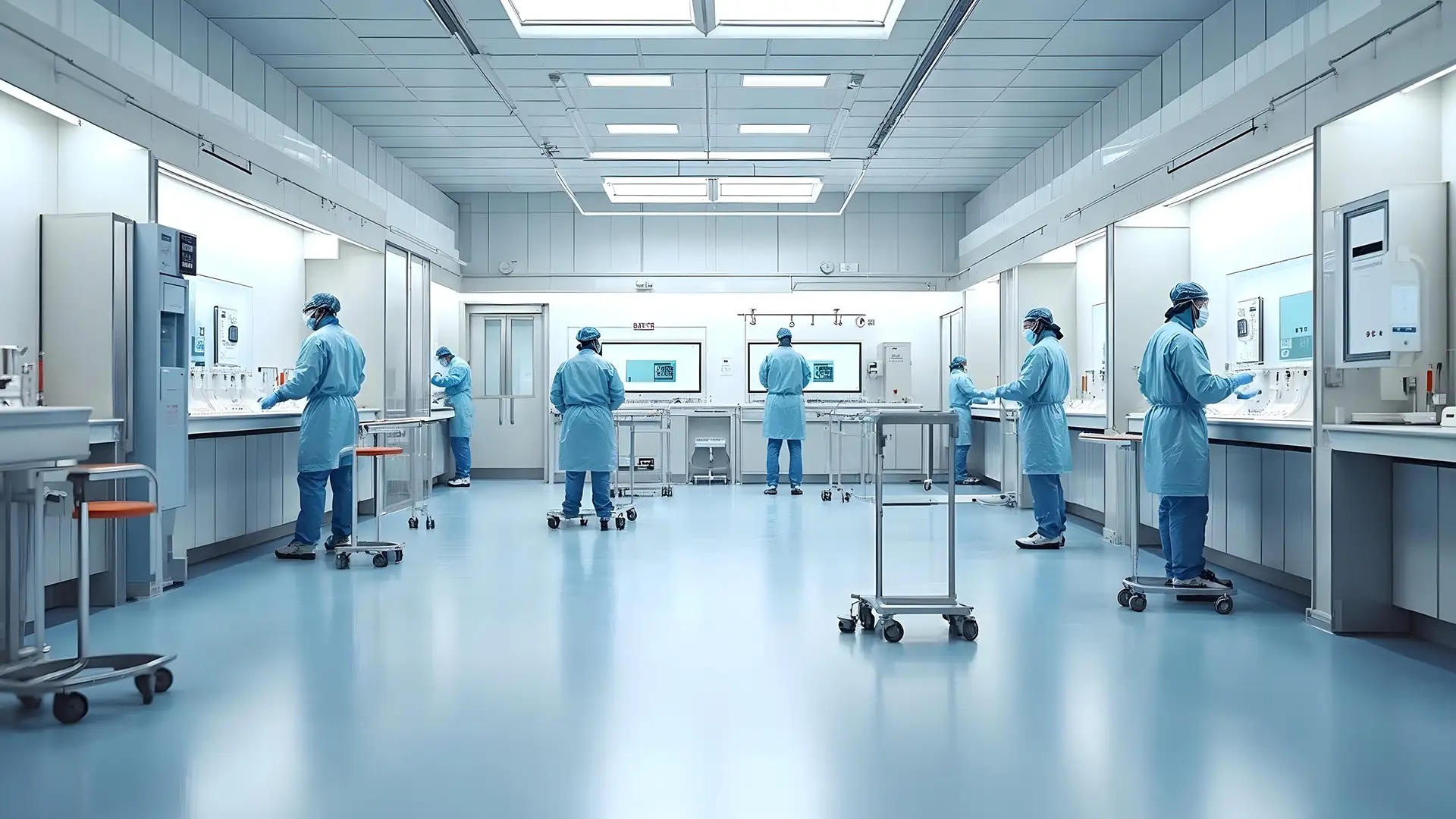When most people think about cleanroom performance, their focus jumps straight to ISO classifications, airflow velocity, and filtration specs. But in actual facility operations, many contamination issues can be traced to areas outside the cleanroom envelope.
Poorly designed transition zones, overlooked HVAC zoning, and inadequate gowning or pass-through protocols can compromise even the most precisely built cleanrooms. That’s why contamination control must start from the perimeter in, not just within the classified space.
1. Transitional zones matter more than you think
Airlocks, ante rooms, gowning areas, and pass-through chambers all form the first line of defence. These spaces must be designed with controlled directional airflow, positive pressure differentials, and clear user flows to prevent particle migration.
Just as importantly, material and personnel flows must be physically separated wherever possible. Overlapping routes and unclear boundaries increase the risk of cross-contamination especially in high-throughput semiconductor and pharmaceutical settings.
2. Supporting systems must align with contamination control goals
A cleanroom doesn’t operate in isolation. From HVAC zoning logic to pressure cascade settings, every part of the facility’s MEP system plays a role in contamination control. We’ve seen issues arise from:
- Shared exhaust or return systems across clean and non-clean areas
- Insufficient purge cycles for material pass-through
- Inadequate HVAC monitoring or alarm logic outside the cleanroom
Clean performance starts with how the entire building is planned—not just what happens inside four walls.
3. Design for compliance, but build for real-world use
Contamination risks increase with human activity. That’s why it’s critical to design with operational discipline in mind. Examples include:
- Providing adequate space and air change rates in gowning rooms
- Using automated doors or interlock logic to prevent accidental ingress
- Planning for waste flows, maintenance access, and emergency scenarios without breaching containment
These are rarely afterthoughts—they should be considered from day one.
At H&H First Consultancy, we take a holistic approach to cleanroom design, one that considers the facility, the systems, and the people who use them. Because performance starts well before a particle enters the room.



